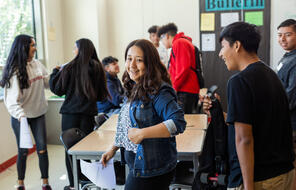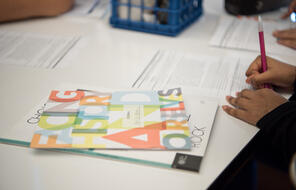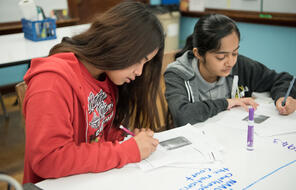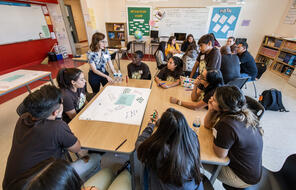Overview
What Is the Pick a Number Strategy?
The Pick a Number strategy asks students to read a selection of quotations on a topic and choose one to explore more deeply. Use this strategy when you want to briefly introduce students to several perspectives on a topic and then offer each student the choice of which perspective to discuss and investigate in more detail with their classmates.
Lesson Plans
How to Use the Pick a Number Strategy
Unlimited Access to Learning. More Added Every Month.
Facing History & Ourselves is designed for educators who want to help students explore identity, think critically, grow emotionally, act ethically, and participate in civic life. It’s hard work, so we’ve developed some go-to professional learning opportunities to help you along the way.
Exploring ELA Text Selection with Julia Torres
On-Demand

Working for Justice, Equity and Civic Agency in Our Schools: A Conversation with Clint Smith
On-Demand

Centering Student Voices to Build Community and Agency
On-Demand















